Get healthier crops and better yields
Introduction
Understanding soil fertility is crucial for farmers and gardeners aiming to improve crop quality and yield. Healthy soil directly influences plant growth, nutrient availability, and overall agricultural productivity. In this article, we’ll explore ten reliable ways to determine soil fertility, offering practical insights to help you optimize your soil management practices. Whether you’re a small-scale gardener or a large-scale farmer, these methods will empower you to make informed decisions for sustainable farming.
NO.1: Observe Soil Color
Soil color is a primary indicator of fertility. Dark soils, such as black or deep brown, typically contain high levels of organic matter and nutrients, while light-colored soils may be less fertile. For example, the black soil in China’s Northeast Plain is rich in organic matter, making it ideal for crops like wheat and soybeans. In contrast, red soils in Fujian are often alkaline and suitable for tea plants. Regularly checking soil color can help you identify areas needing amendment.
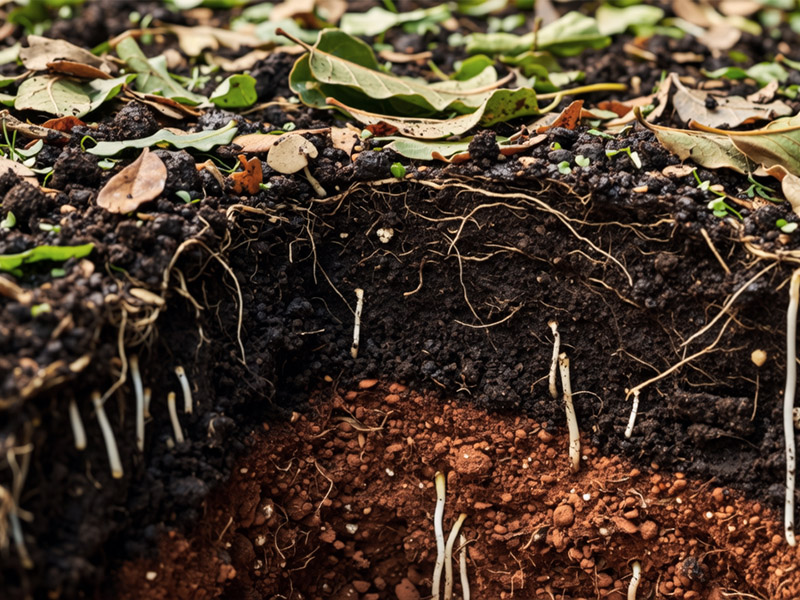
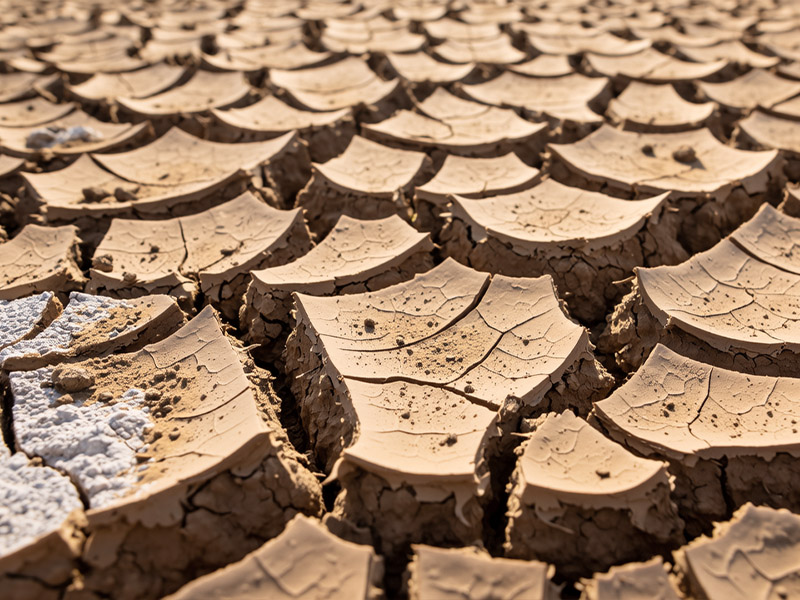
NO.2: Check Soil Depth
Fertile soils usually have a depth of at least 60 cm, allowing robust root development and better nutrient access. Shallow soils, on the other hand, restrict root growth and reduce drought resistance. To improve soil depth, consider adding organic matter or using subsoiling techniques. Plants like plum trees and walnuts thrive in deep soils, while pines can tolerate shallower conditions.
NO.3: Evaluate Soil Workability
Fertile soil is loose, crumbly, and easy to till. Poor soils are often sticky, hard, or compacted, making耕作 challenging. Workability is influenced by soil texture, moisture content, and organic matter. Clay soils, for instance, have a narrow window for tillage due to their high plasticity, while sandy soils are more manageable. Incorporating organic matter can significantly improve soil structure and workability.
NO.4: Assess Soil Settling and Cracking
Fertile soil resists settling and forms small, frequent cracks during drying, which promotes aeration and root penetration. Infertile soil often forms large, irregular cracks and hardens quickly, indicating poor structure and low organic content. To address this, add biochar or clay modifiers to enhance soil texture.
NO.5: Test Water Retention
Water retention is a key indicator of soil health. Fertile soil retains moisture efficiently (e.g., 6–7 days after irrigation), while poor soil drains too quickly or becomes waterlogged. To improve water retention, use mulching to reduce evaporation or apply water-absorbing polymers in sandy soils.
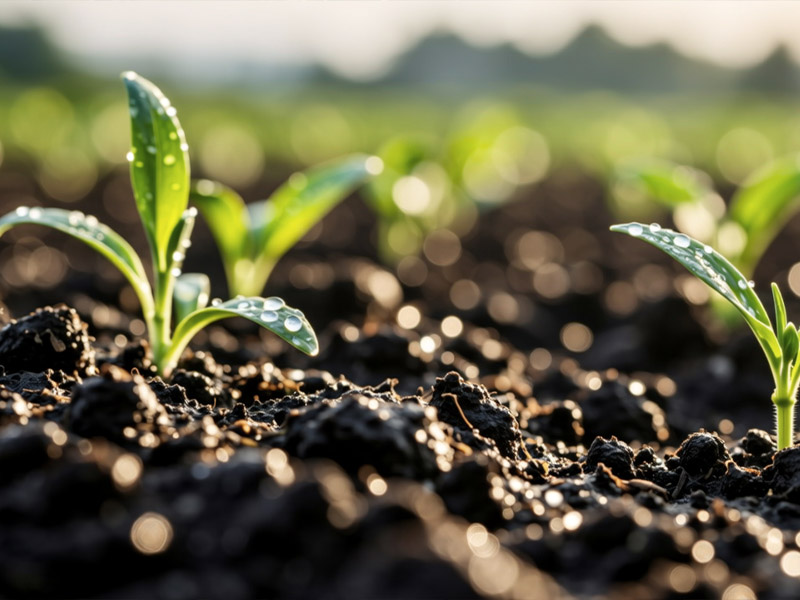
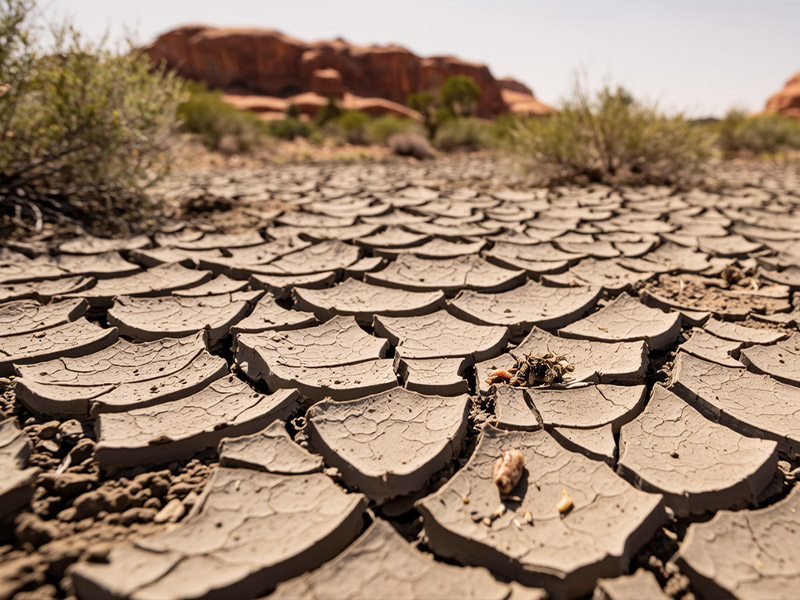
NO.6: Examine Water Quality and Bubbles
When irrigating, fertile soil produces smooth, sticky water with large bubbles due to high microbial activity and organic content. Water in infertile soil appears clear and forms minimal bubbles. Testing irrigation water for salinity and pH can also provide insights into soil health.
NO.7: Look for Night Dew Absorption
Fertile soil often exhibits “night dew” absorption, where it retains moisture from the air and feels damp in the morning. This is rare in compacted or low-organic soils. To enhance this trait, increase humic acid or microbial inputs.
NO.8: Monitor Nutrient Retention
Fertile soil supplies nutrients consistently throughout the crop cycle. Soils rich in organic matter show balanced nutrient release, while sandy or clay soils often suffer from rapid leaching or nutrient locking. Conduct regular soil tests to address deficiencies.
NO.9: Observe Indicator Plants and Animals
Certain plants and animals signal soil conditions:
- Fertile Soil: Legumes, earthworms, and beneficial insects.
- Infertile Soil: Weeds like sedges or invasive species.
Introducing earthworms or planting nitrogen-fixing crops (e.g., soybeans) can naturally improve fertility.
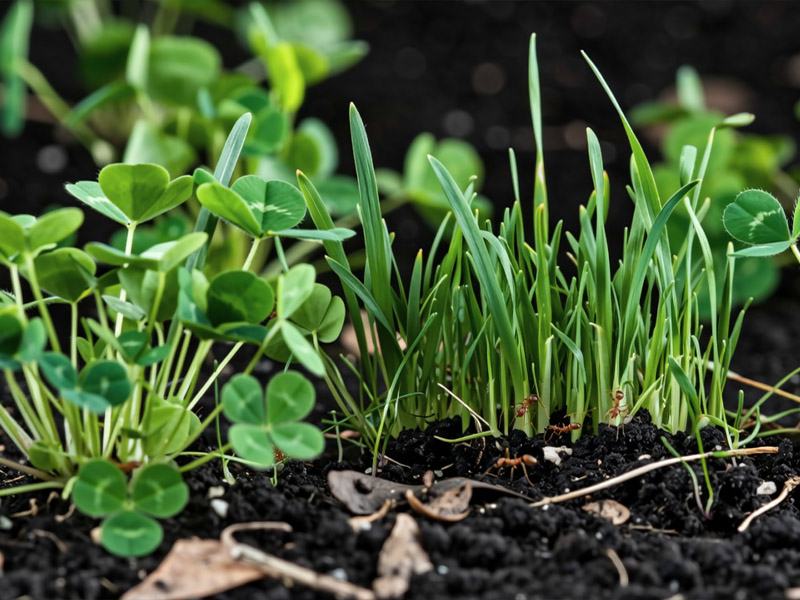
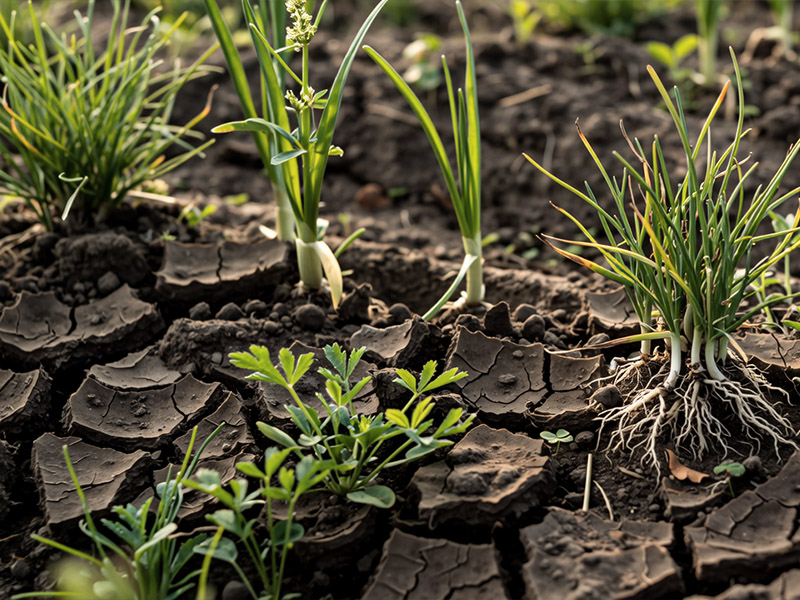
NO.10: Use Soil Testing Tools
For accurate fertility assessment, use soil testing kits or send samples to labs. These tests measure pH, nutrient levels, and organic matter, providing actionable insights. Based on results, you can amend soil with customized fertilizers or organic inputs.
How to Improve Soil Fertility
- Add Organic Matter: Incorporate compost, vermicompost, or humic acid to boost microbial activity.
- Practice Crop Rotation: Break pest cycles and balance nutrient demands.
- Use Cover Crops: Legumes fix nitrogen, while grasses reduce erosion.
- Apply Microbial Inoculants: Enhance nutrient cycling with beneficial bacteria and mycorrhizae.
For tailored solutions, explore our Fertilizer Products or connect with experts on LinkedIn.
References
- FAO Soil Portal – Comprehensive resources on soil management.
- USDA Natural Resources Conservation Service – Guides on soil health assessment.
- Soil Science Society of America – Research and educational materials on soil fertility.
- World Soil Resources Reports – FAO’s detailed reports on global soil conditions.
- European Soil Data Centre – Data and tools for soil analysis in Europe.
- Agriculture and Agri-Food Canada – Insights on soil conservation and health.
